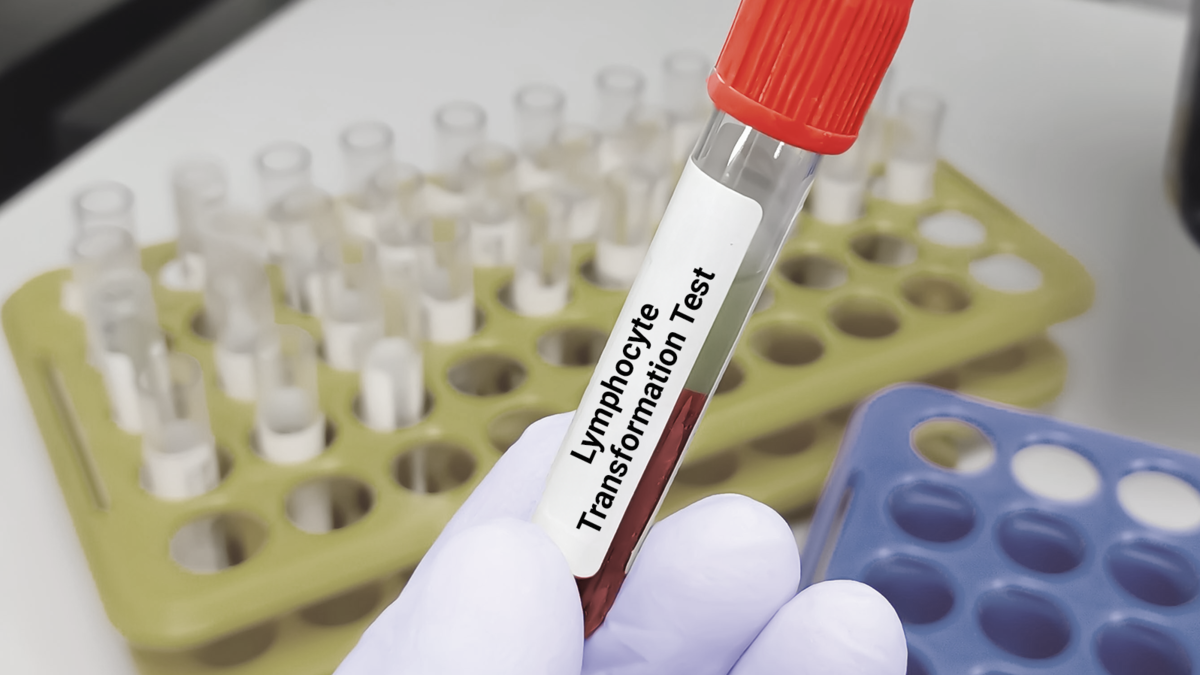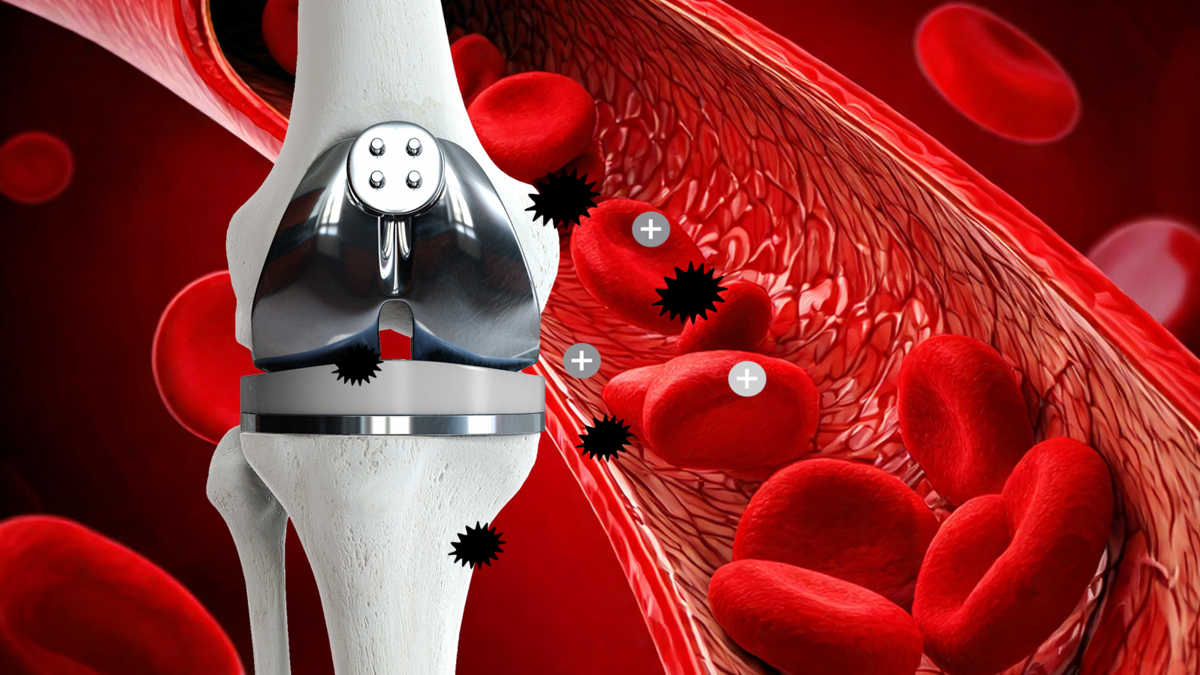Issue # 12025
Metal Hypersensitivity: Pathophysiology and Diagnostic Tools

JR Hyde Chair and Professor
Joint Graduate Program Chair in Biomedical Engineering
University of Tennessee Health Science Center- Campbell Clinic Orthopaedics
Memphis TN - USA
The disparity between total knee arthroplasty (TKA) and total hip arthroplasty (THA) patient-perceived outcomes is concerning, with TKA patients being satisfied (80-90%) at a much lower rate than their THA counterparts. (94-97%). In many cases the TKA patients have vague subjective complaints about residual pain and swelling, an achy joint, or an inability to kneel or squat. Other more objective complaints may include a skin rash or constant or recurrent effusions in a joint. After infection has been ruled out along with implant suboptimal alignment, instability and other causes of residual pain, a metal hypersensitivity reaction must be considered.
While TKA largely has seen decades of successful outcomes, as clinicians we should focus on improving the number of patients who are satisfied after their TKA. Over the last two to three decades a focus on patient perceived outcomes has spotlighted that nearly 1 out of 5 patients may not be satisfied with their TKA result. About 15 years ago, dermatologists suggested that orthopaedic surgeons begin skin-patch testing (SPT) of patients before insertion of metal implants. It was then suggested that the patients with poorer outcomes could be suffering from a metal hypersensitivity reaction. Over the last two decades dermatologists have noted that nickel allergy in patients continues to climb when skin patch testing results are compared over time. In North America, such sensitivity has been reported in over 18% of individuals. But several authors in this publication point out the inherent issues with relying on SPT when applied to the presence of an implant in deep tissue. (In 2011, along with Drs. Josh Jacobs and Stuart Goodman, we published a rebuttal to the first dermatology suggestion of SPT for all orthopaedic patients in AAOS Now (ref)). Today, there is still not enough data to suggest that this recommendation should be followed. In this issue of CeraNews, experts point out that SPT reactions rely on langerhan cells which are dendritic-derived cells, whereas deep-tissue reactions are driven by lymphocytes, monocytes, local cytokines, and antibodies. There also have been multiple reports where a SPT has converted after an implant was placed in a patient and cases where a patient with a nickel-positive SPT experienced a good clinical outcome after undergoing a primary TKA that had trace nickel in its alloy.
Many orthopaedic surgeons still consider metal hypersensitivity as a cause for pain and dissatisfaction after a TKA as a diagnosis of exclusion. When a metal hypersensitivity reaction is suspected, surgeons should rule out all other common causes (i.e. infection, arthrofibrosis, suboptimal implant alignment) before going down the metal hypersensitivity pathway. Complaints of recurrent or constant effusion, continued pain, and never having a period of satisfaction also are common symptoms of a septic low-level infection, which is why it is imperative that infection first be ruled out. In the U.S., we are limited in the tests that we can order. While a lymphocyte transformation test (LTT) is available in most laboratories, not all insurance companies will cover its cost and not all labs have consistent protocols, which makes it difficult to rely on some results. Dermatologists can perform a SPT, but these typically cost well over $1,000. Melisa tests are not readily available and genetic testing has not become available or approved in the USA. (As you will read in this issue, the test has had promising results and is being used in other countries.)
Genetic testing is the newest diagnostic test on the scene, based mostly on the ALVAL determinants from our Metal on Metal (MoM) hip arthroplasty bearing surface experiences. ALVAL is now looking like a scenario that occurs more often in TKA revisions than previously thought, with up to 30% of TKA revision surgeries showing evidence of ALVAL. Taking into account the number of revisions in the first five years after primary TKA and then the fact that 30% of patients may show signs of ALVAL, this may represent a more true numerator of hypersensitivity reactions after TKA surgery. While a number of publications have shown improvements of metal hypersensitivity-diagnosed patients after undergoing revision TKA surgery with an alternative implant material (ceramic coatings, ceramicized metals, BIOLOX delta or Alumina implants), there also have been reports of patients who have not seen improvements after exchanging their implants for ones made of a nickel/cobalt chrome-free biomaterial.
Dr. Summer, from the Munich Implant Allergy group, reports in this edition that they advocate a multifaceted approach to diagnosis of implant hypersensitivity. Using SPT along with LTT results as well as IL1alpha and beta stimulation testing and genetic testing is beneficial. Their genetic testing focuses on identifying single nucleotide polymorphisms (SNP) of IL1RN. They think that by identifying these variants they can help predict which implants may be best on an individual basis. Dr. Caicedo, in this edition, discusses the fact that genetic testing is in its early stages. He says utilizing human leukocyte antigen (HLA) haplotypes in patients who had ALVAL reactions might help some patients, but that specific clinical outcomes based on these results may be challenging.
We performed a single nucleotide polymorphism study on 44 patients with symptomatic pain and high cobalt and chrome levels after MoM THA and could not find a correlation with any SNPs that were identified. (Mihalko et al ISTA 2015) There was a weak association with an SNP for IL-15 in some patients with high cobalt and chrome circulating blood levels, but it was found to not be consistent.






